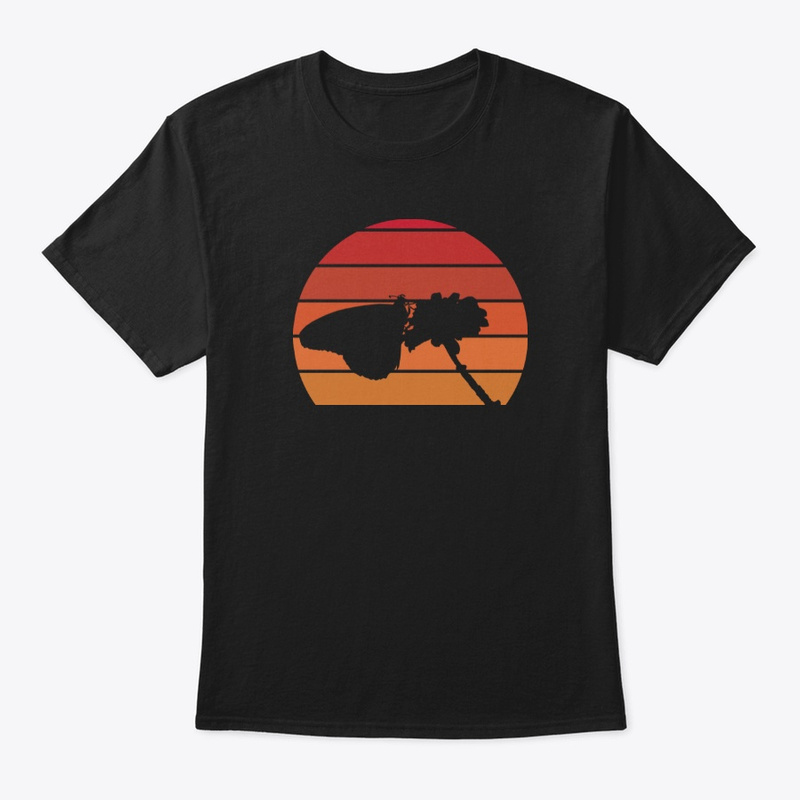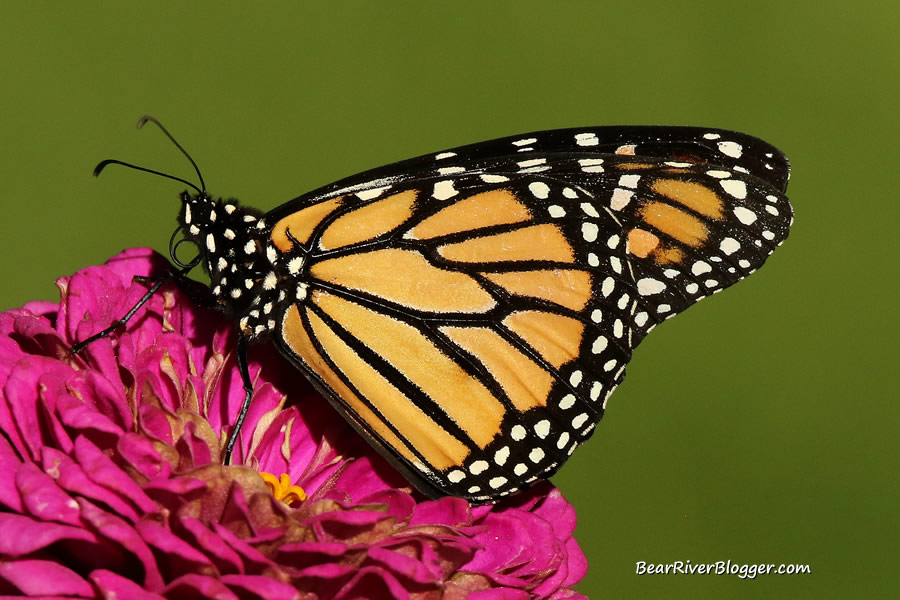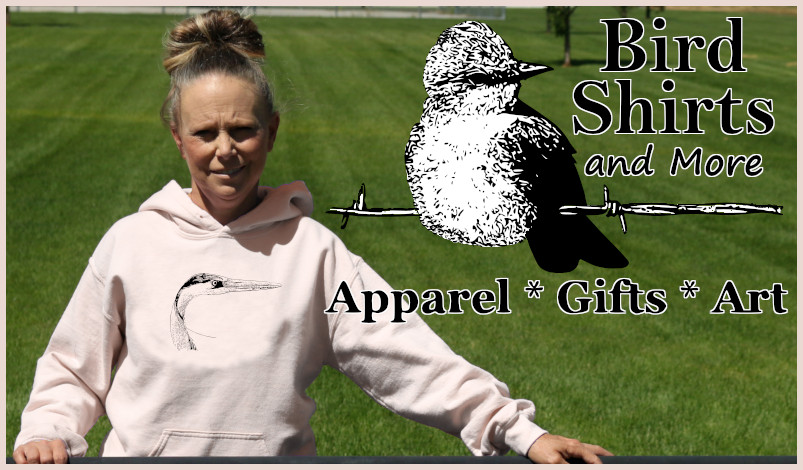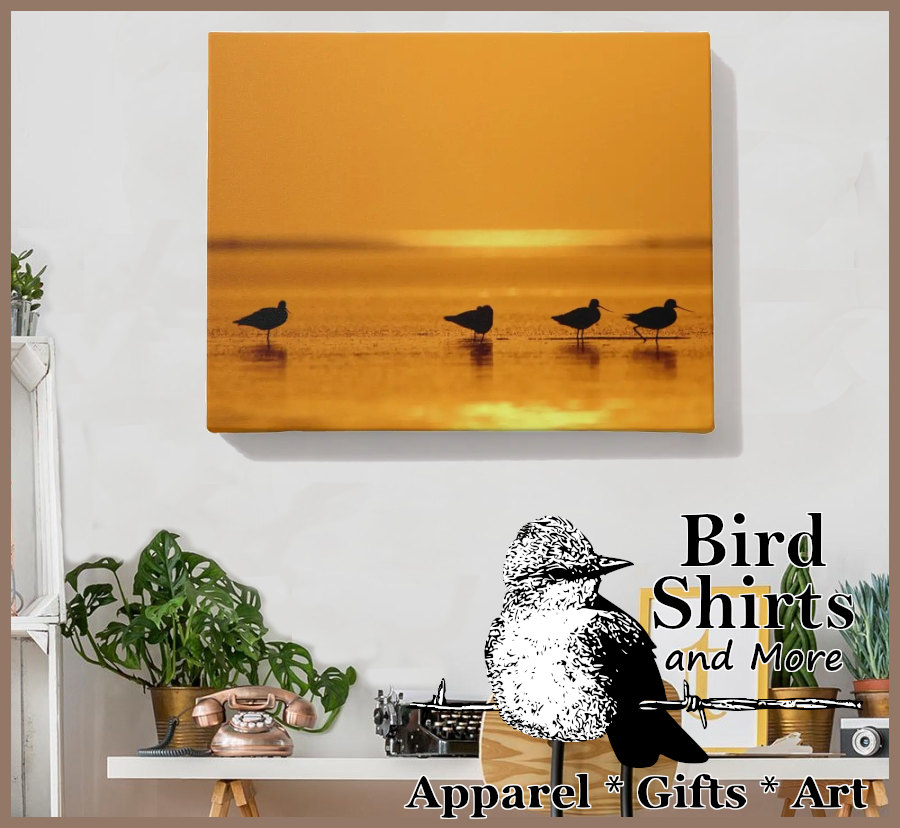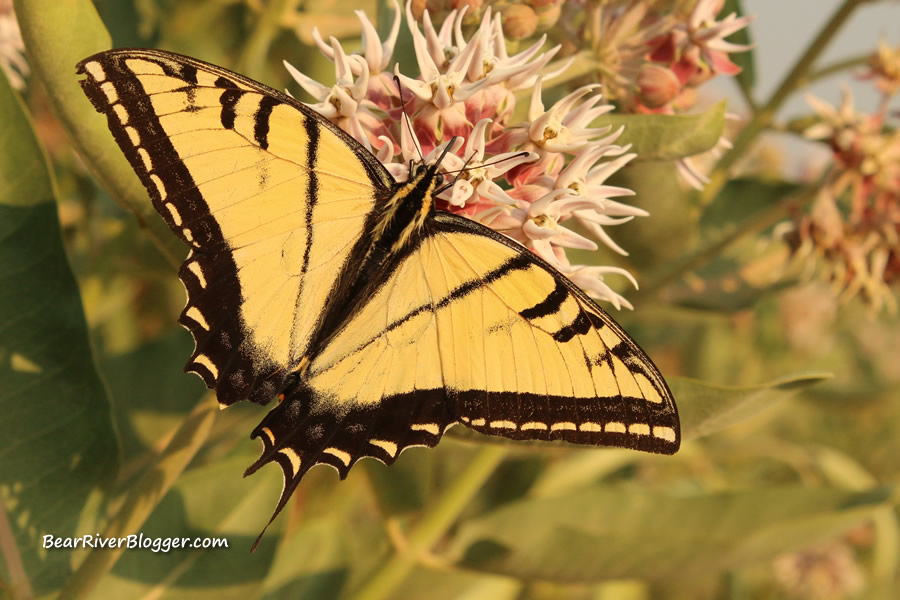If you’ve been following the plight of the monarch butterfly in the western United States, you know their numbers have plummeted to an all-time low in recent years.
In fact, each year the Xerces Society does a Western Monarch Thanksgiving Count on hundreds of overwintering sites and the numbers from their 2020 count came up with only 1914 observed monarch butterflies.
That is a staggering drop from the 1.2 million reported on their first count in 1997.
Fortunately, there is a little bit of good news from their 2021 Thanksgiving count where 247,237 monarch butterflies were observed, a good increase from the previous year’s dismal numbers but far below the millions once observed decades ago out here in the western United States.
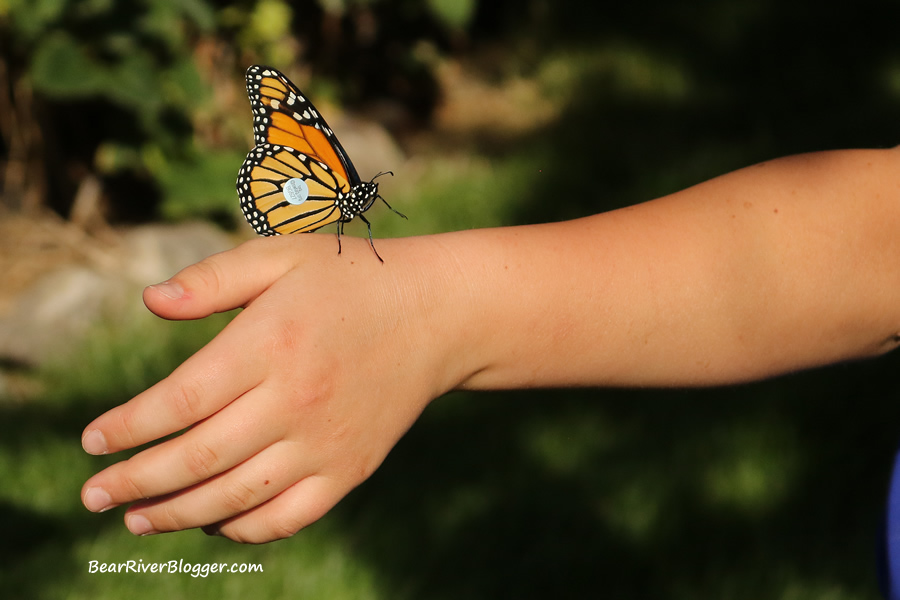
But counting wintering monarch butterflies is only a portion of the information needed to save the monarch from extinction.
Another vital piece of the puzzle is knowing where monarch butterflies migrate each year so critical habitats can be preserved and, in some cases, established along these migration routes in order for the monarch to reach their overwintering sites.
Think about it for a moment, butterflies are small and very delicate creatures so just how are scientists able to track their migrations?
Bird migrations are much easier to track just because birds are easier to tag with either, leg bands, neckbands, and, in some cases, GPS transmitters.
But since monarch butterflies are so small and fragile, a different way to monitor their migrations had to be developed.
Currently, what researchers have been using to track monarch butterflies are simply tiny stickers attached to the outside of the butterflies wing with a distinct number and contact information on it.
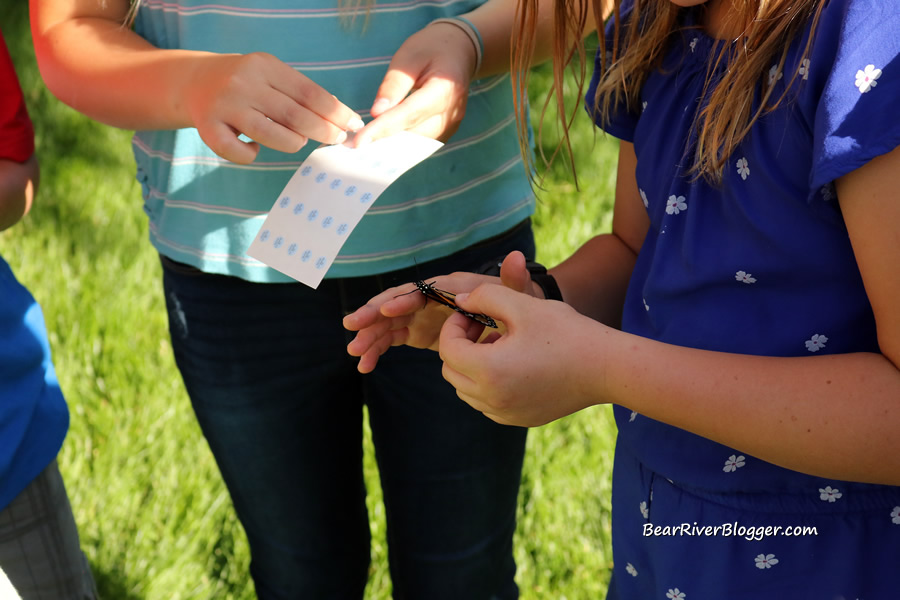
Observers all over where monarch butterflies are believed to migrate through keep a lookout and whenever one of these “tagged” monarchs is observed, the identifying number is reported and matched up with where the butterfly was originally marked.
When enough of these tagged monarch butterflies are observed over time, migration routes can start to be established from this data but it is a slow process as the recovery rate is pretty low for tagged monarchs.
It takes a lot of people tagging monarchs and a lot of people searching for tagged monarch butterflies as well to get enough information to start to piece together the mystery of their migration routes.
That is where the public can help, by getting involved in not only looking for and reporting any tagged monarch butterflies but also by tagging the last generation of monarch butterflies of the season with one of these special lightweight stickers.
There is a little bit more to it than that so I urge anyone interested in learning more about tagging monarch butterflies to visit the Southwest Monarch Study website for more information about tagging monarch butterflies in the western United States.
The bottom line is in order to help save the monarch butterfly, scientists and researchers need to know their migration routes and in order to do that as many monarch butterflies as possible need to be tagged and observed to start to piece this complex puzzle together.
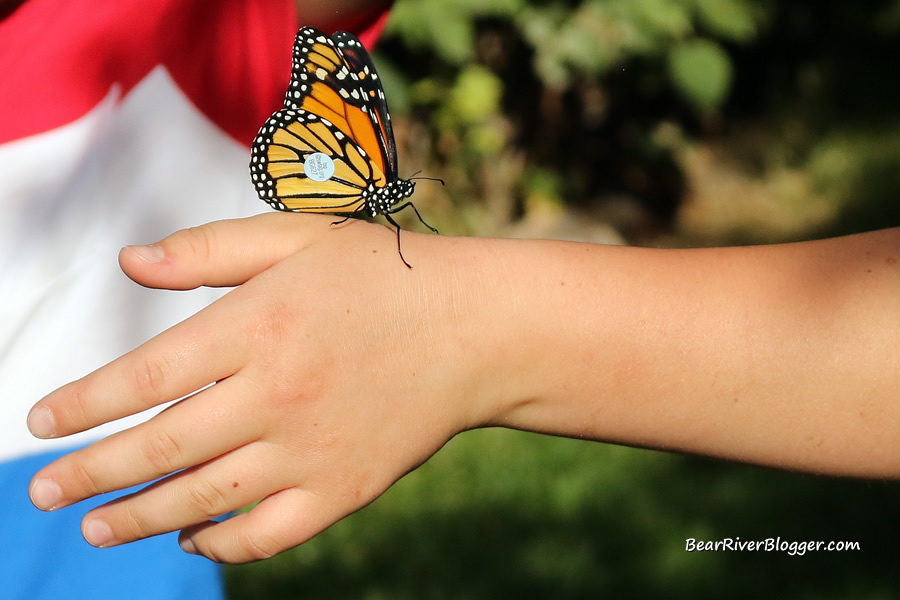
Follow our website by heading over to our subscribe page and signing up for email notifications for future blog posts about birds, butterflies, and all the other fascinating creatures in nature we photograph and write about.
Monarch Butterfly Vintage Sunset Classic T-shirt, available in a variety of colors and styles. Visit our online store for more information or to make a purchase, and use coupon code save20 for 20% off for a limited time.
